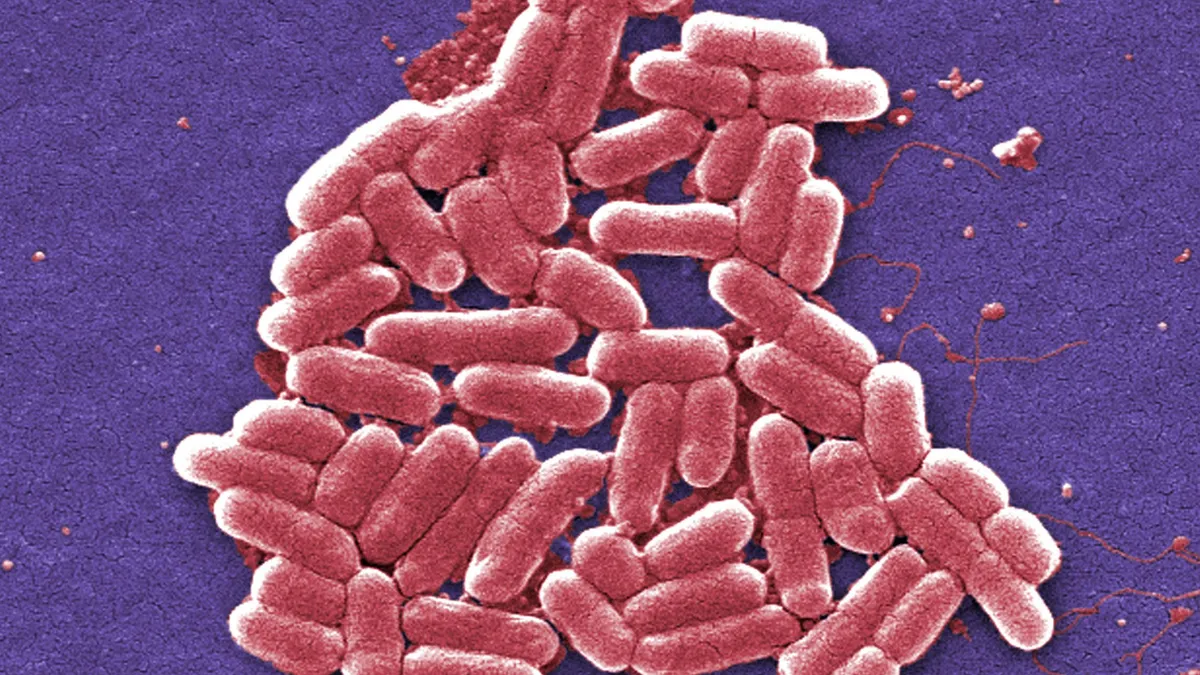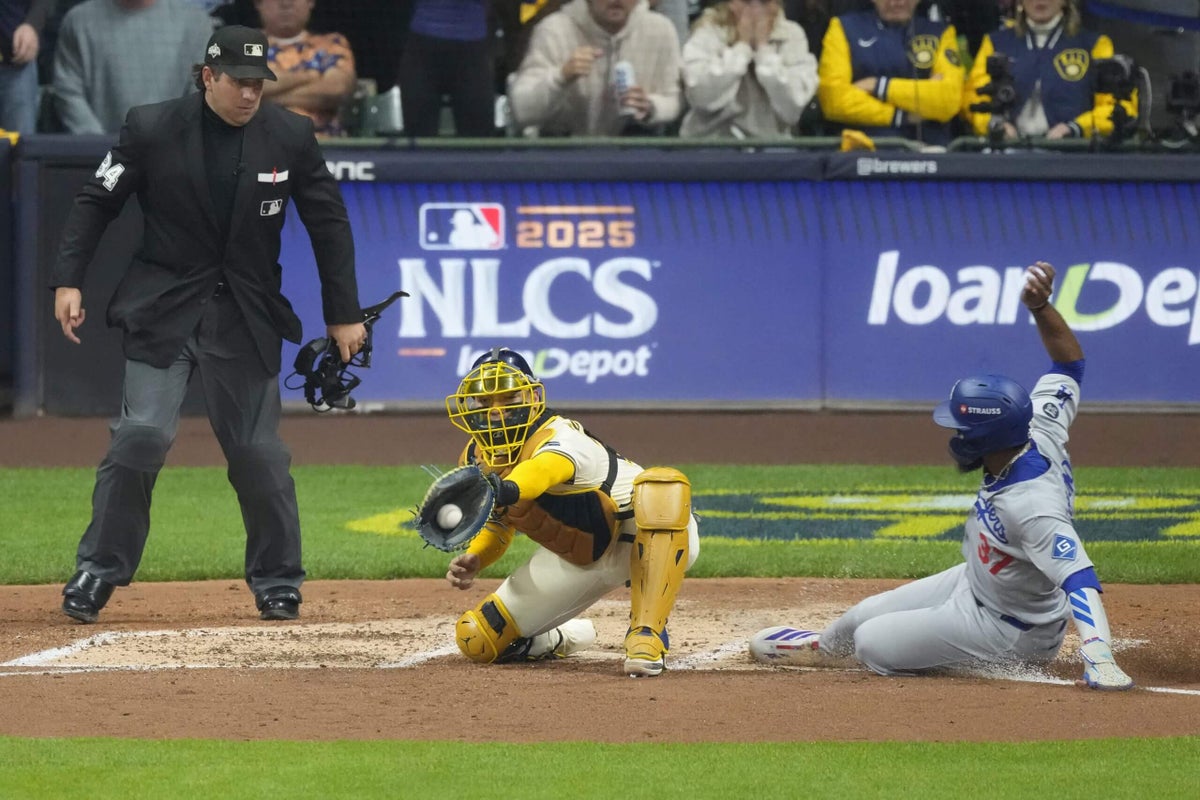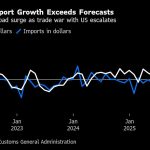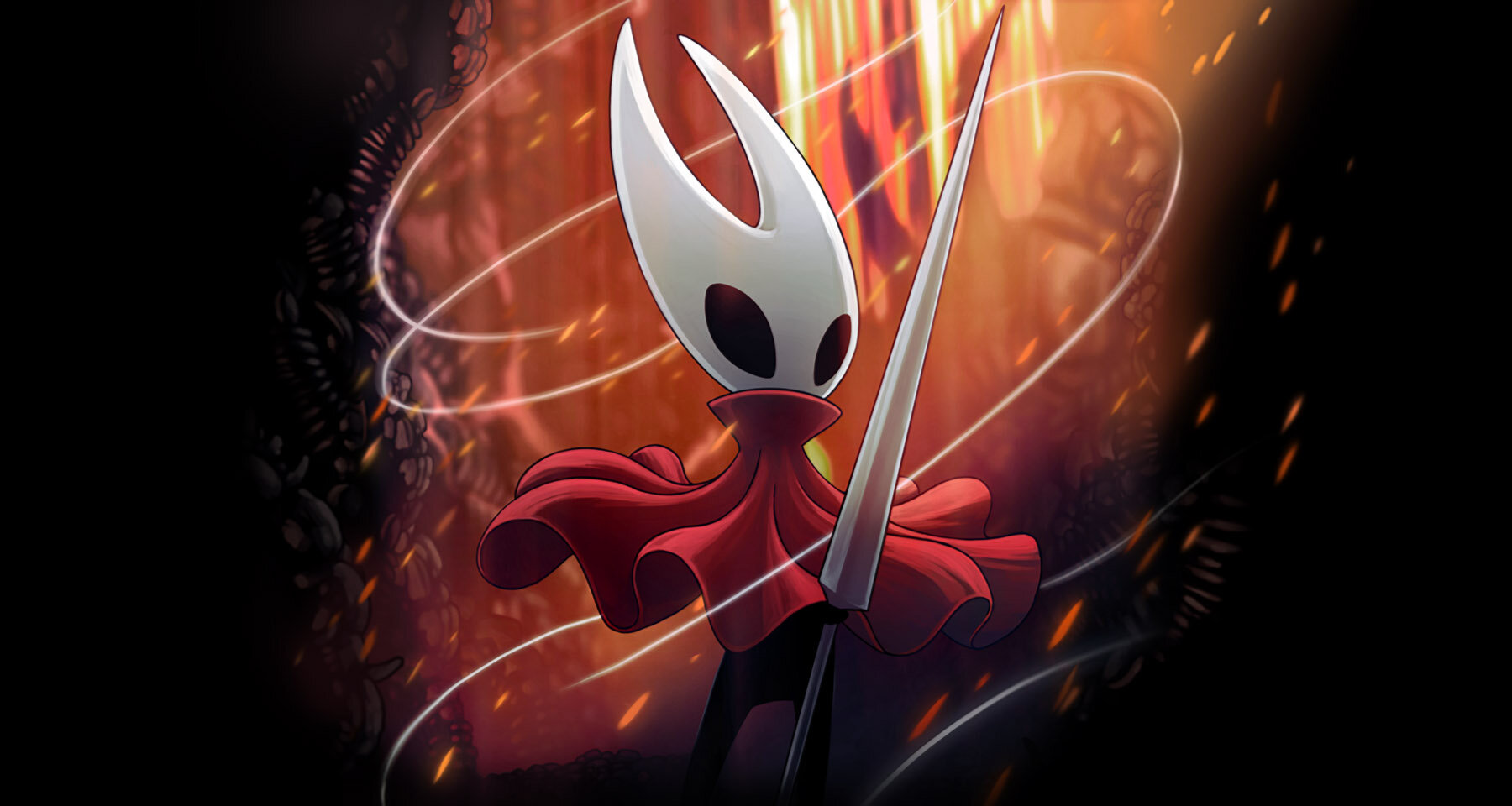Even if neither the Los Angeles Dodgers nor the Milwaukee Brewers go on to win this year’s World Series, they’re going to be part of highlight reels for decades to come. The Brewers turned one of the most confusing and astonishing double plays in postseason history Monday in Game 1 of the National League Championship Series — on a 404-foot fly ball to left-center field that was almost a home run.
“It’s definitely the worst fielder’s choice, double play I’ve ever hit into in my life,” said the Dodgers’ Max Muncy, who struck the fly ball that led to the chaos in the Dodgers’ 2-1 victory.
In the top of the fourth inning during a scoreless game, the Dodgers had the bases loaded with one out when Muncy put a charge into an elevated pitch from Brewers righty Quinn Priester. Brewers center fielder Sal Frelick was shaded toward right-center to begin the play at Milwaukee’s American Family Field, and he nearly made a fantastic leaping catch at the wall as he sprinted to his right.
Frelick, though, couldn’t cleanly reel it in, and the ball bounced off his glove. But to Frelick’s luck, the ball didn’t shoot away, and he was able to secure it as it fell. Dodgers runners — watching from a couple of hundred feet away — thought Frelick ultimately made the catch.
maybe the craziest play in postseason baseball historypic.twitter.com/T0aJizMNKc
— Codify (@CodifyBaseball) October 14, 2025
He had not, however. The ball hit off the yellow line along the top of the wall right after it bounced out of Frelick’s glove, before he finally nabbed it.
That meant the ball was in play, and there were force plays available at every base.
Confusion ensued on the basepaths.
Frelick fired the ball into the edge of the dirt, where shortstop Joey Ortiz made a perfect relay throw to the plate. Ortiz’s throw barely beat a sliding Teoscar Hernández for the first out, a force at home. Catcher William Contreras completed the double play himself by walking the ball from home plate to third base, where the Dodgers’ Will Smith had yet to advance from second base. That ended the inning.
“Sal is one of the most intelligent baseball players you are going to find,” Brewers manager Pat Murphy said. “He gets it. And he’s a great outfielder, playing center field for the first time in a while. But he’s mad that he didn’t make the catch. But if he did, the runner would have scored easily.”
The play is scored, oddly enough, as an 8-6-2 grounded into a double play — yes, grounded. (“I don’t know how else they would term it,” Murphy said.) As the play wrapped up, TBS’ cameras caught Frelick with his arms at his side, capturing everyone’s feeling at the moment: What the heck just happened?
“There was only one umpire, I think that was signaling,” said the Dodgers’ Tommy Edman, who was on first base. “It was kind of unclear what had happened. I think that just led to the confusion.
“Hopefully we can learn from that going forward … survey the umpires and see what they’re saying instead of just making assumptions about what happened.”
Left-field umpire Chad Fairchild, manning one of the two extra umpiring positions assigned to postseason games, immediately signaled no catch when Frelick bobbled the ball. Impressively, umpires got the play on the field right the first time, replays confirmed. The Dodgers challenged the out calls at third and home, but replay officials confirmed both were correct.
“I see him immediately saying no catch,” crew chief James Hoye, the first-base umpire, said of Fairchild. “They throw the ball in, and then all of a sudden you turn around and there are runners everywhere, right? At that point, guys are going back, going forward. The coaches are spinning.”
Managers often malign umpires for mistakes, but Monday, Dodgers skipper Dave Roberts gave the crew its due.
“The guys on the field got it right,” Roberts said. “They nailed it.”
The play wasn’t mistake-free, though. Hernández, who started the rally with a leadoff walk, likely should have been able to score from third base on the play no matter what.
MLB’s rules allow a runner to tag up and advance on the moment the ball is first touched by the fielder — Hernández could have broken for the plate the moment Frelick first made contact with the ball. Had Hernández done so, he probably would have been safe regardless of whether Frelick secured the ball. Instead, the inning ended without the Dodgers scoring.
“We go over that rule. Teo knows the rule,” Roberts said. “I think right there, he had just a little bit of a brain fart. … But he owned it. And after that, there’s nothing else you can do about it.”
Muncy, who narrowly missed a homer, joked that “I’ve got to do a better job.”
“In all seriousness, he made an incredible play in center field,” Muncy said of Frelick. “As for what happened after that, I’m not really sure. I’m still kind of confused as to what all went down.
“You come out of that at-bat feeling good that you at least (will score) one run on a sac fly. I felt like I hit it good enough that it had a chance. Then you come away with nothing, a double play.”
The Dodgers handled a somewhat similar situation properly earlier this season. May 23, against the New York Mets, Mookie Betts hit a flyout that was bobbled. The two runners the Dodgers had on base, Shohei Ohtani and Michael Conforto, tagged up and advanced to second and third.
Per MLB.com’s Sarah Langs, Monday’s NLCS play marked the first 8-6-2 (or 8-6-2-2) double play in the playoffs in at least the last 35 postseasons, if not more. The last time there was a similar double play in the regular season was April 16, 2004, when the Cincinnati Reds’ Ken Griffey Jr. started the 8-6-2 from center field.
First Appeared on
Source link













